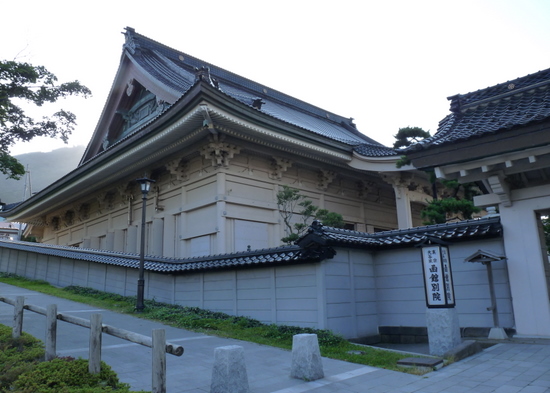(Sept 18) Hakodate takes its name from the Ainu words for “box house”, referring to a trading post built there centuries ago. Over the years it grew into a bustling port. When the Shogunate was forced to end its policy of isolation, Hakodate and Shimoda were the first two ports opened to foreign trade in 1854. Thus Hakodate became one of the first places where Western culture entered Japan.
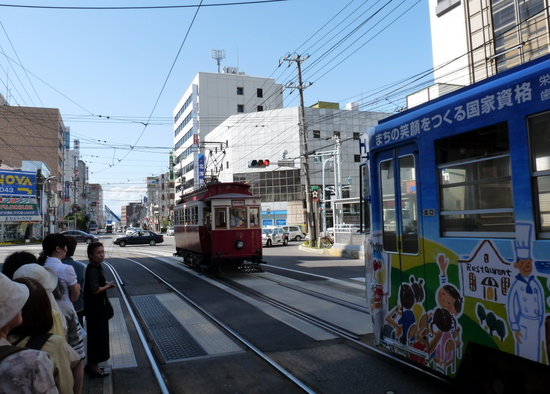
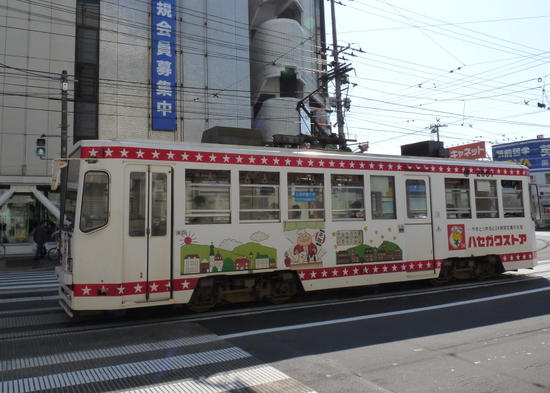
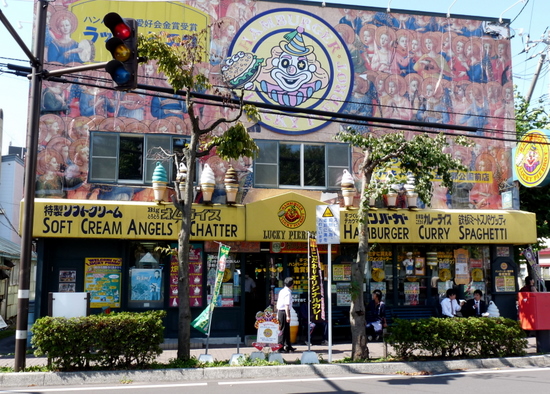
The 107 m Goryokaku Tower offers a fine view of the city.


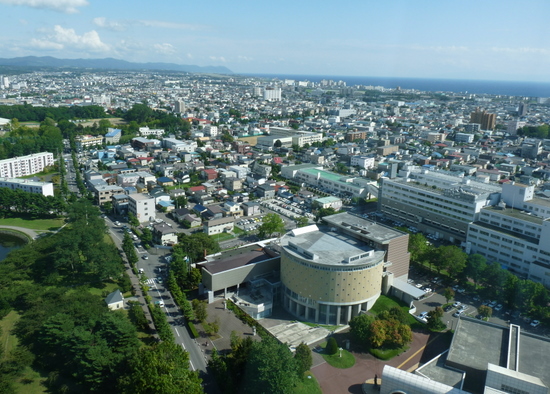
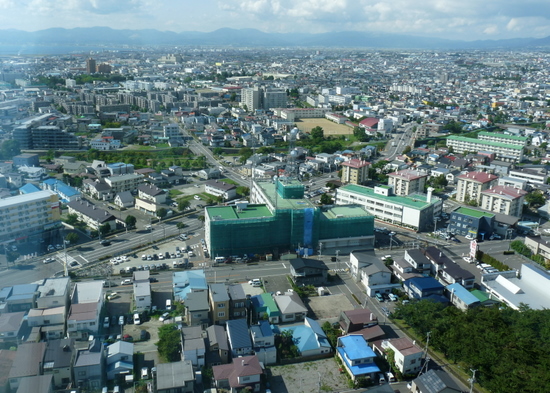
Exhibits in the tower illustrate the history of Hakodate. Here Western sailors drink and carouse to the astonishment of the locals.
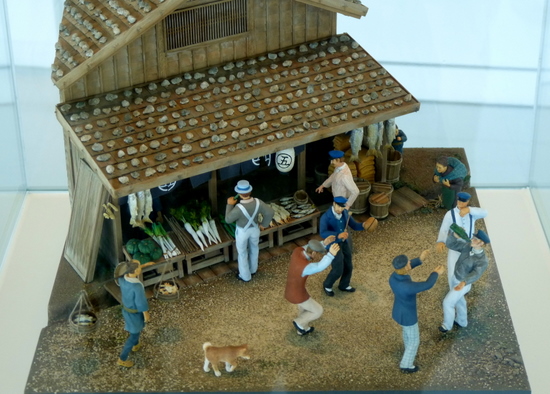
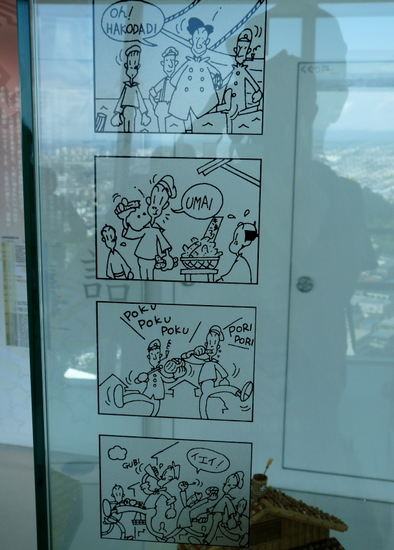
The main thing that visitors want to see from the tower is Fort Goryokaku, a star-shaped structure completed in 1868, modeled after Western forts.
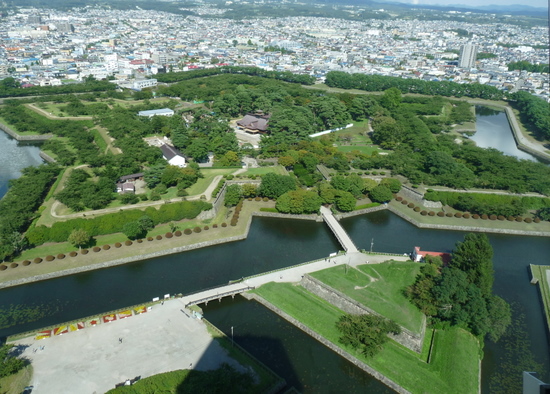
The Boshin War (1868-1869) was a civil war that broke out between supporters of the old Tokugawa Shogunate and forces seeking to return power to the Emperor and his court. After the imperial forces occupied Edo, die-hard supporters of the Shogun sailed north to Hokkaido and occupied Fort Goryokaku, announcing the establishment of the “Republic of Ezo.”
The Battle of Hakodake in the spring of 1869 ended with the victory of the imperial forces. This marked the final end of the Tokugawa Shogunate and the beginning of the Meiji Restoration.
The tower houses a statue of Toshizo Hijikata, a leader of the pro-Shogun forces who died in the Battle of Hakodate.
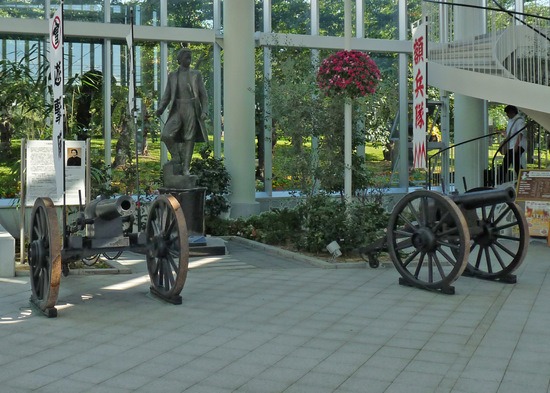
Hijikata seems to be something of a romantic hero in Hakodate. Photographs show a man with youthful good looks, flowing black hair and a dark, brooding expression–which may go a long way toward explaining his popularity.
The fort was heavily damaged in the battle but it has been restored and is now a popular park.
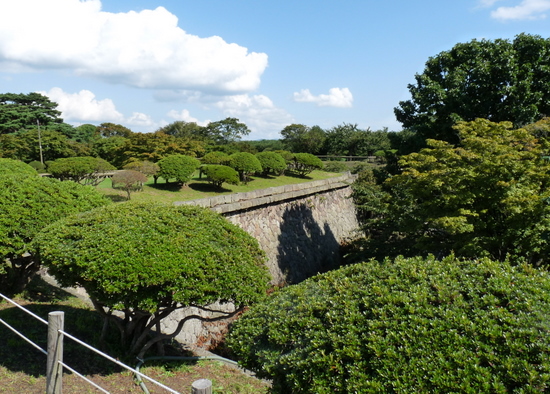
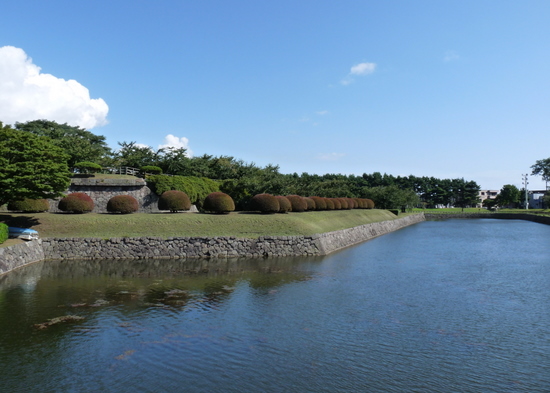
The fort was probably obsolete from the moment it was built. The American Civil War had already shown what heavy artillery could do to earthworks like these.
The west of the city, at the foot of Mt Hakodake, is where westerners first began putting up their houses and official buildings, and the area still contains many examples of 19th century architecture.
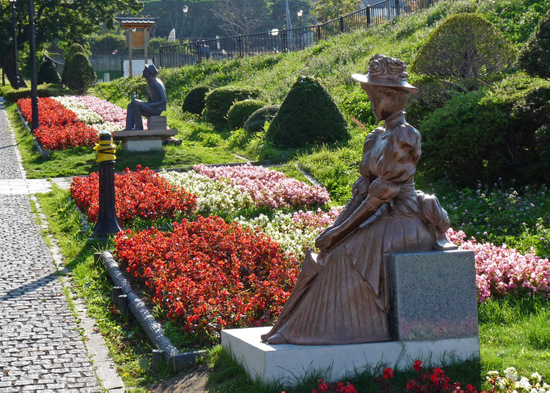
A statue of Commodore Perry commemorates his visit in 1854 to survey the port.

The old British Consulate…

…which features an English-style formal garden.
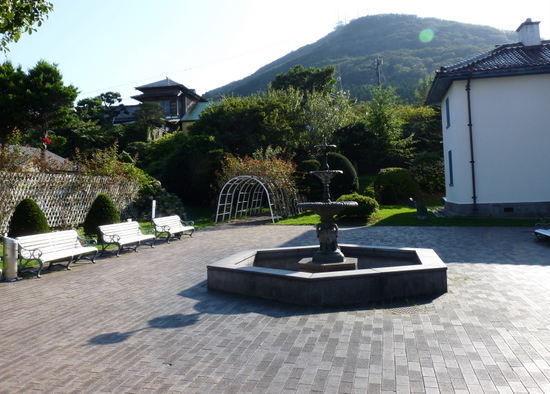
The souvenir shop sells English souvenirs. Not really what I was looking for, but they are popular with the Japanese tourists.
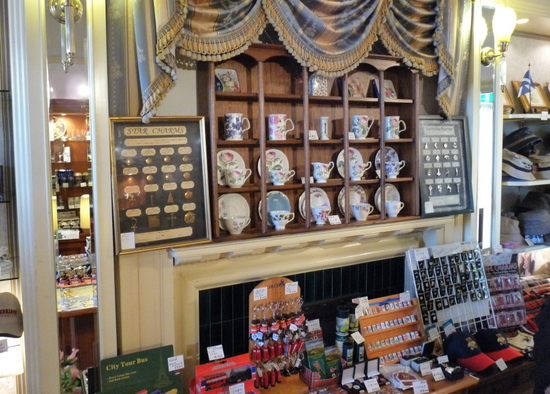
The Old Public Hall.
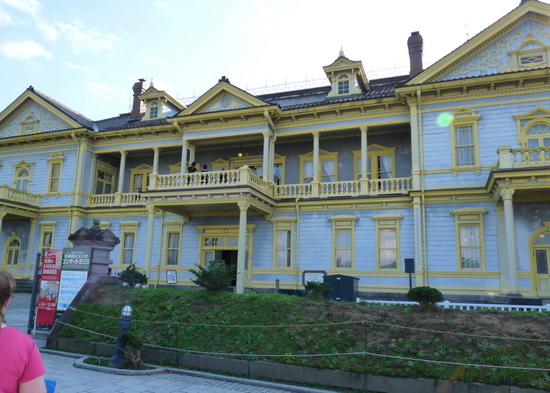
The Russian Orthodox Church is locally famous for the sound of its bells.
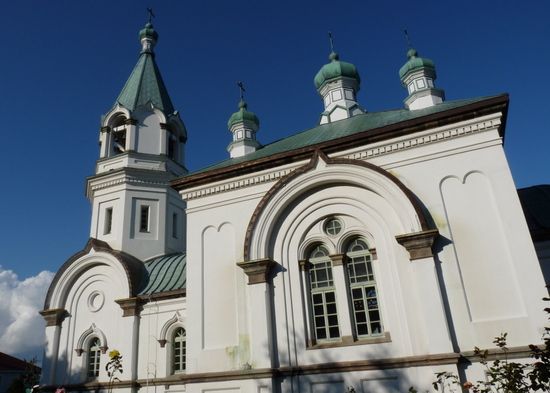
The Roman Catholic Church, first built in 1859.
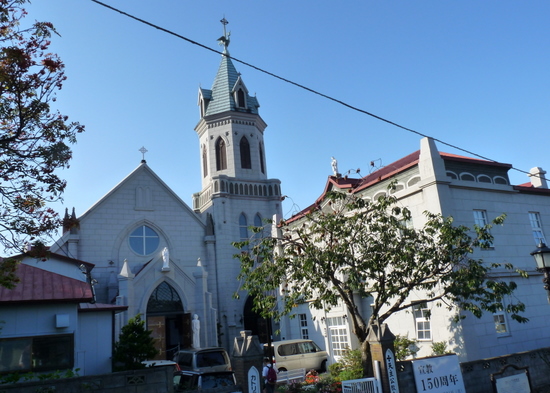
Just down the street is the Higashi Honganji the largest Buddhist temple in Hakodake.
